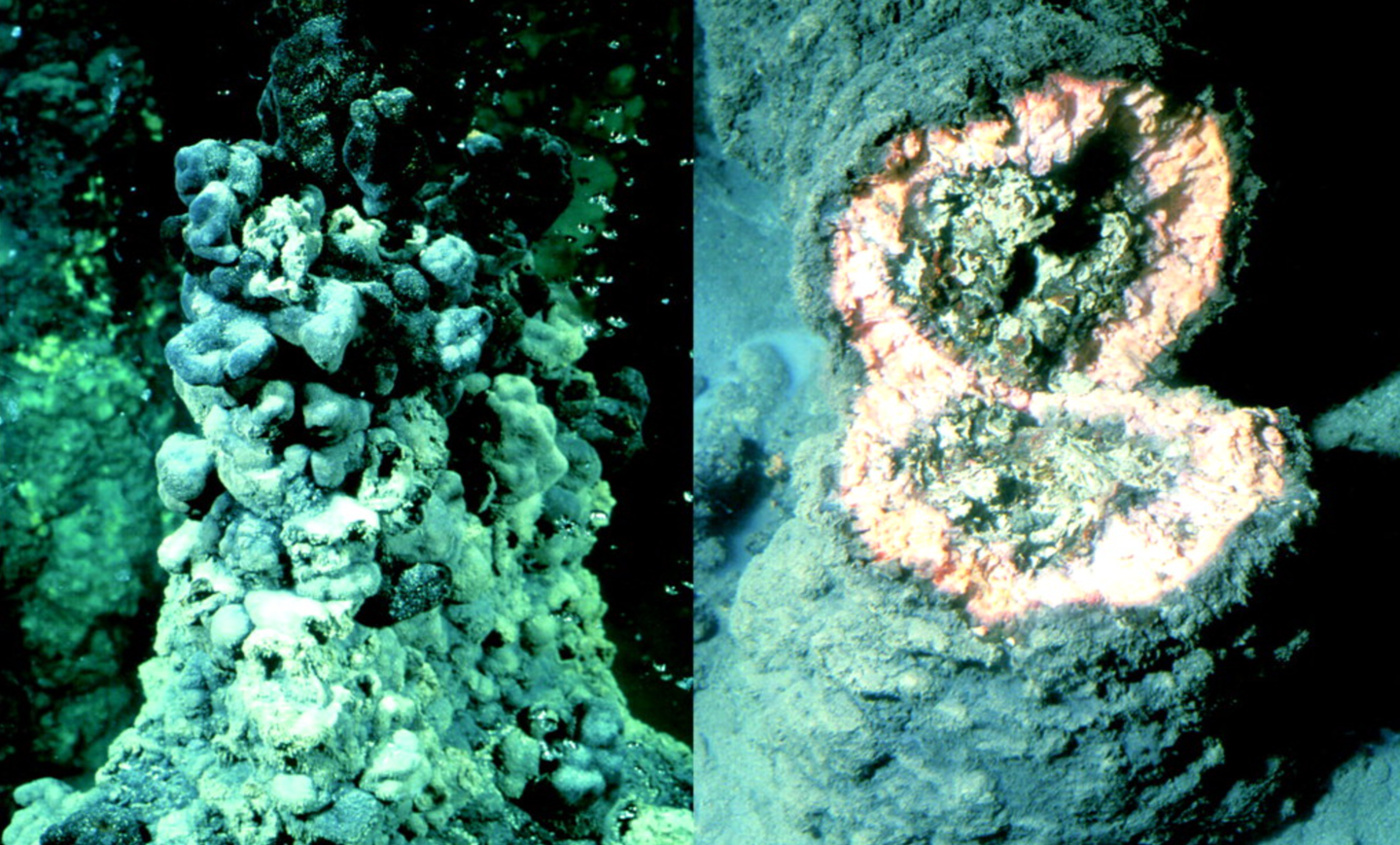Two FDA-approved cancer drugs significantly reverse Alzheimer’s disease
Scientists discovered two cancer drugs that significantly reverse Alzheimer’s symptoms, providing hope for effective dementia treatments.

Researchers repurposed two FDA-approved cancer drugs that reversed Alzheimer’s symptoms. (CREDIT: Adobe Stock)
Alzheimer’s disease remains one of medicine’s toughest challenges, affecting millions and costing trillions of dollars annually. If someone you know has Alzheimer's, you've likely experienced firsthand how difficult and heartbreaking this disease can be. Researchers have struggled for decades, searching for a treatment that goes beyond merely managing symptoms. Now, a breakthrough combining two existing cancer drugs might offer new hope.
Scientists from UC San Francisco and Gladstone Institutes took a unique approach. Instead of trying to create a new medicine from scratch, they tapped into large databases filled with existing drug information. Their goal was to find approved drugs that could reverse the genetic changes seen in Alzheimer’s patients.
Finding the Right Drug Combination
The researchers began by analyzing gene activity inside the brains of deceased Alzheimer's patients. By examining brain cells one at a time, they pinpointed how Alzheimer's altered neurons and glial cells differently. Neurons, responsible for processing information, suffer major damage during Alzheimer’s. Glial cells, on the other hand, normally protect neurons but become harmful when the disease strikes.
Next, the team searched the Connectivity Map—a database with gene responses from thousands of drugs—to identify medicines that reversed Alzheimer's genetic effects. From 1,300 drugs, they narrowed the list down to ten FDA-approved candidates. Then, by analyzing the medical records of 1.4 million elderly patients, they spotted which drugs correlated with lower Alzheimer's risks in real-world scenarios.
“In particular, the rich data collected by all the UC health centers pointed us straight to the most promising drugs,” explained Yaqiao Li, PhD, a researcher involved in the study. “It's kind of like a mock clinical trial.”
Two Cancer Drugs Emerge as Leaders
From the top candidates, the scientists picked two cancer drugs—letrozole and irinotecan—for further testing. Doctors typically prescribe letrozole for breast cancer and irinotecan for colon or lung cancer. However, this study suggested letrozole might reverse harmful genetic changes in neurons, while irinotecan could target glial cell problems.
Related Stories
- Researchers discover over 200 hidden proteins tied to Alzheimer's and cognitive decline
- Researchers turn coffee waste into a weapon against Alzheimer's disease
- Cholesterol-lowering drugs help combat Alzheimer's disease
To test their theory, researchers used mice genetically engineered to develop Alzheimer’s rapidly. These mice carry human genes that mimic severe Alzheimer's symptoms, including memory loss and brain deterioration. Researchers treated them with either drug individually or as a combination.
The results were remarkable. The combination therapy significantly improved memory in the mice, reduced brain degeneration, and prevented toxic proteins from building up. Single drugs alone couldn't match these results, confirming the advantage of addressing both cell types at once.
“It’s so exciting to see the validation of the computational data in a widely used Alzheimer’s mouse model,” said Yadong Huang, MD, PhD, co-author and senior investigator at Gladstone. He believes human clinical trials should soon follow.
Shifting Strategies in Alzheimer's Research
For decades, Alzheimer’s research mainly targeted neuron damage, emphasizing the protein clumps known as amyloid plaques and tau tangles. Yet, over 98% of new Alzheimer’s drugs have failed clinical trials. Why has progress been so limited? Scientists now believe it's because Alzheimer's isn't just one disease. Instead, it's a complicated condition involving multiple genes, proteins, and cell types.
“Alzheimer’s is likely the result of numerous alterations in many genes and proteins,” Huang explained. “This makes it very challenging for drug development—which traditionally produces one drug for a single gene or protein.”
Recently, attention has shifted toward glial cells—brain cells once overlooked. When these cells malfunction, they contribute to inflammation and further damage neurons. Addressing these glial cells alongside neurons represents a fresh strategy for tackling Alzheimer's more effectively.
Faster Progress Through Drug Repurposing
Given the high failure rate of new Alzheimer's medications, repurposing existing drugs presents major advantages. Researchers can quickly move these drugs into clinical trials because their safety is already well-established. Additionally, repurposed medications usually cost less to develop, speeding up the journey to the pharmacy shelf.
The UCSF and Gladstone team combined human clinical data, cell studies, and advanced computational methods to rapidly identify promising candidates. Marina Sirota, PhD, interim director at UCSF Bakar Computational Health Sciences Institute, emphasized this unique approach.
“Our computational tools opened up the possibility of tackling the complexity directly,” Sirota said. “We’re excited that our computational approach led us to a potential combination therapy based on existing FDA-approved medications.”
Future of Alzheimer’s Treatment
With Alzheimer's projected to affect over 150 million people globally by 2050, finding effective treatments is more urgent than ever. The successful animal trials of letrozole and irinotecan combination therapy represent a crucial step forward. These drugs, already available for cancer treatment, could soon offer new hope for Alzheimer's patients.
Sirota and Huang are optimistic about the path ahead. Their innovative combination strategy could pave the way for personalized Alzheimer's treatments, guided by genetic analysis of individual patients. This precision approach could finally break through the longstanding barriers in Alzheimer’s research.
“We’re hopeful this can be swiftly translated into a real solution for millions of patients with Alzheimer’s,” Sirota concluded.
What You Should Remember:
- Combining two existing cancer drugs significantly improved memory and reduced brain damage in Alzheimer's mouse models.
- Targeting both neuron and glial cell problems represents a promising new direction for Alzheimer's treatments.
- Computational analysis of large datasets accelerated drug identification, potentially speeding up treatment availability for patients.
Note: The article above provided above by The Brighter Side of News.
Like these kind of feel good stories? Get The Brighter Side of News' newsletter.



